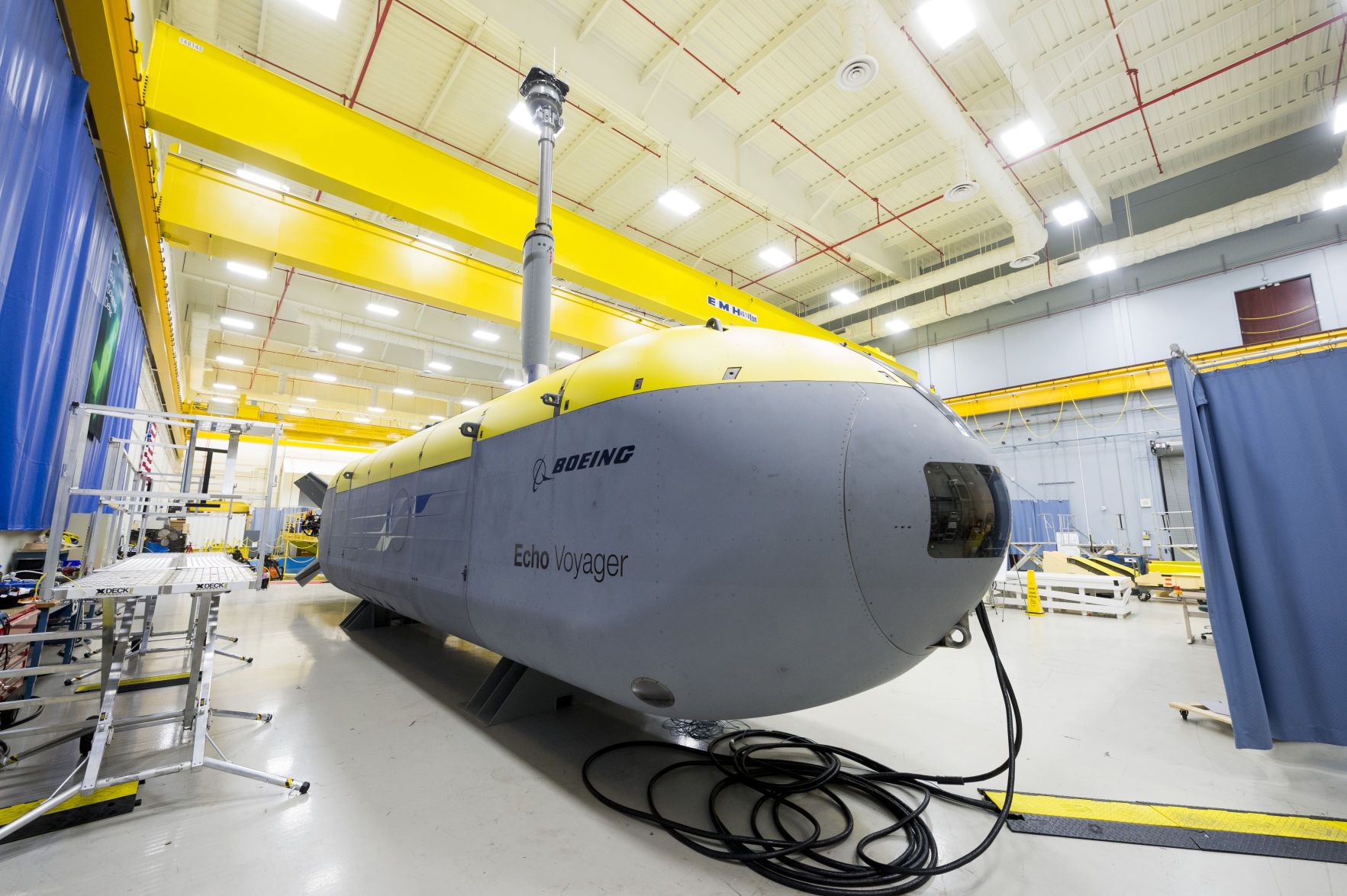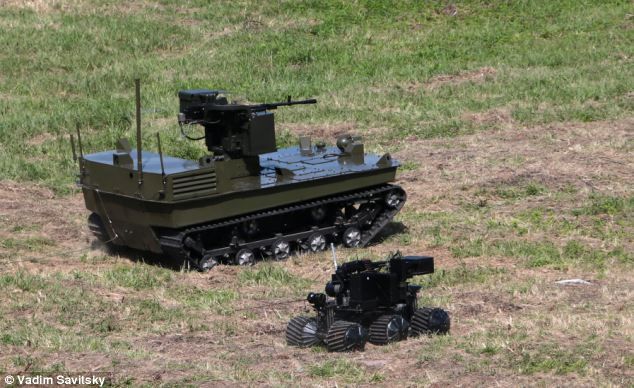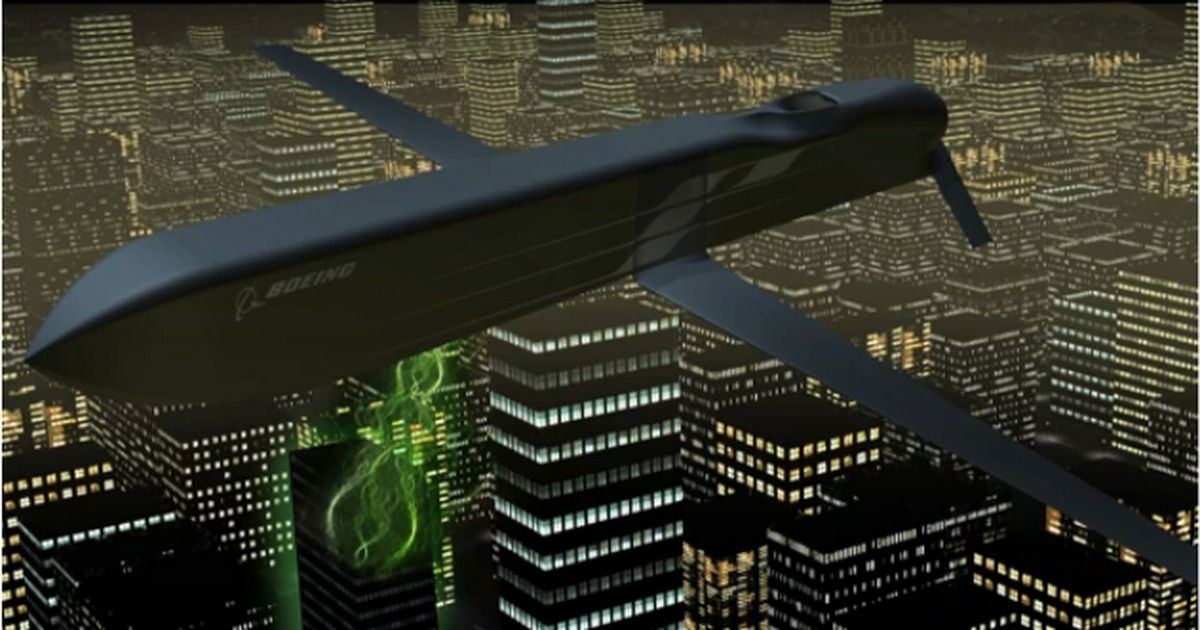” … discuss using drones to leapfrog infrastructure, and save lives by doing it in less than 15 minutes.”
Category: drones – Page 157

The new frontier for drone warfare: Under the oceans
As unmanned aerial drones have become a critical part of modern warfare, the Pentagon is now looking to deploy autonomous robots underwater, patrolling the sea floor on what one top Navy official called an “Eisenhower highway network,” complete with rest stops where the drones could recharge.
Although still in the development stages, the technology has matured in recent years to be able to overcome the vast difficulties of operating underwater, a far more harsh environment than what aerial drones face in the sky.
Saltwater corrodes metal. Water pressure can be crushing at great depths. And communication is severely limited, so the vehicles must be able to navigate on their own without being remotely piloted.
Technology that Counters Drone Swarms
Lockheed Martin engineers are collaborating with customers and academia to research, develop and implement the technology that will detect and defeat swarms.
“We are currently developing a 60-kilowatt system that combines multiple fiber lasers to generate the high power weapon beam,” said Rob Afzal, senior fellow with Lockheed Martin’s Laser and Sensor systems division.
Because the system relies on many modular fiber lasers, it is easily scalable to meet different levels of power. With this parallel approach, there is no single point of failure that will compromise the laser’s power and functionality – as long as power exists. The laser weapon system can fire over and over, essentially creating an unlimited magazine of ‘bullets.’

Russia unveils killer robots with deadly range more than FOUR miles
Lookout the Russian Robots are coming.
A new pair of Russian robots has been developed that can track and attack humans from more than four miles away. The devices are designed for use on the Russian border and claim to accurately detect and attack ground and aerial threats long before they reach Russian soil.
Key technology at the robots’ disposal includes radar, HD and thermal video imaging, and multiple long-range grenade launchers. The first of the two new robots will act as a pair of scrupulous eyes for Russian border guards.
The ‘Flight’ robot is armed with an array of state-of-the-art surveillance tools to spot potential intruders, such as low-flying drones and other vehicles, from over six miles away. Russian engineers claim it could be used to pick out targets for long-range explosive weaponry. But the impressive device will mostly be used for general surveillance.


US military successfully tests electrical brain stimulation to enhance staff skills
US military scientists have used electrical brain stimulators to enhance mental skills of staff, in research that aims to boost the performance of air crews, drone operators and others in the armed forces’ most demanding roles.
The successful tests of the devices pave the way for servicemen and women to be wired up at critical times of duty, so that electrical pulses can be beamed into their brains to improve their effectiveness in high pressure situations.
The brain stimulation kits use five electrodes to send weak electric currents through the skull and into specific parts of the cortex. Previous studies have found evidence that by helping neurons to fire, these minor brain zaps can boost cognitive ability.
Who really invented Iraq’s ‘Al Robot’ combat drone?
Iraqi militia forces debuted an unmanned ground combat vehicle this week — but was it really invented by two nameless Iraqi brothers?

Boeing Unveils Amazing, Slightly Terrifying New Electromagnetic Pulse Weapon — The Motley Fool
With pinpoint accuracy, this electronic warfare drone can black out opposing forces at will.
Boeing’s “CHAMP” (Counter-electronics High-powered Microwave Advanced Missile Project) is a one-missile, flying blackout. Image source: Boeing.
Video Friday: Russian Android, Swarm User Interface, and Robot Drone Man
Your weekly selection of awesome robot videos.
 Boeing’s “CHAMP” (Counter-electronics High-powered Microwave Advanced Missile Project) is a one-missile, flying blackout. Image source:
Boeing’s “CHAMP” (Counter-electronics High-powered Microwave Advanced Missile Project) is a one-missile, flying blackout. Image source: